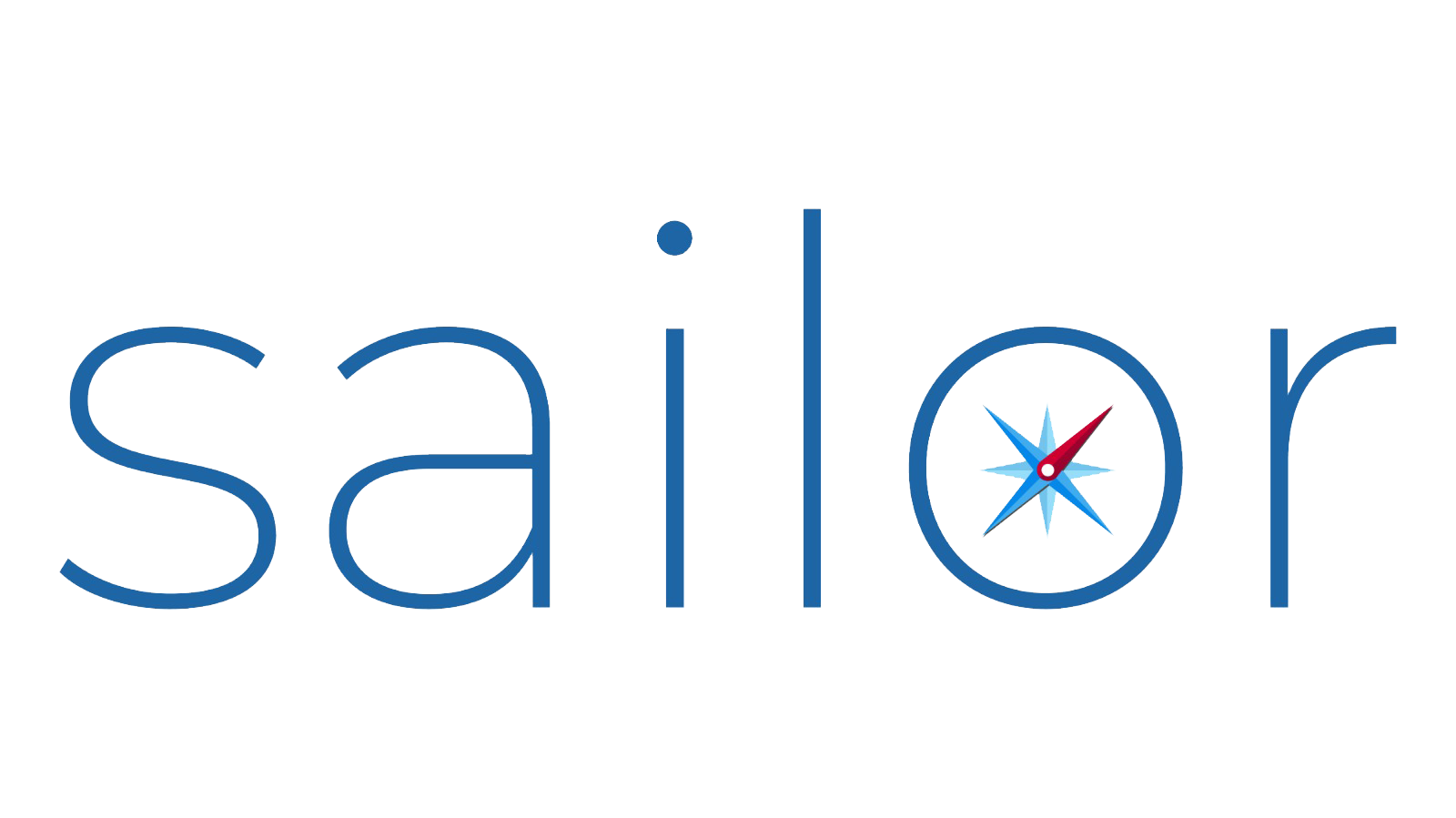Large files are a common challenge in Infrastructure Provisioning. They can be difficult to transfer, store, and manage. However, by following some best practices and using code examples, you can reduce the complexity of managing large files and improve the performance and scalability of your infrastructure.
Challenges of managing large files in Infrastructure Provisioning
There are a number of challenges associated with managing large files in Infrastructure Provisioning, including:
-
- Network bandwidth: Large files can take a long time to transfer over a network. This can be a problem if you are provisioning infrastructure over a slow network connection.
-
- Storage capacity: Large files require a lot of storage capacity. This can be a problem if you are provisioning infrastructure on a limited budget.
-
- Management complexity: Managing large files can be complex. You need to keep track of where the files are located, who has access to them, and when they were last modified.
-
- Security: Large files can often contain sensitive data. It is important to take steps to protect this data, such as encrypting the files and using access control lists to restrict access.
-
- Compliance: If you are subject to any compliance regulations, you need to make sure that your file management practices comply with those regulations.
Best practices for managing large files in Infrastructure Provisioning
To overcome these challenges, you can follow some best practices for managing large files in provisioning infrastructure, including:
-
- Use a content delivery network (CDN): A CDN can help to improve the performance of large file transfers by delivering the files from a server that is close to the user’s location.
-
- Use a distributed file system (DFS): A DFS can help to distribute the load of storing and managing large files across multiple servers. This can improve performance and scalability, and can also make it easier to back up and replicate your data.
-
- Use a cloud storage provider: A cloud storage provider can provide a scalable and reliable way to store large files. Cloud storage providers often offer a variety of features such as encryption, version control, and access control.
-
- Use a file management solution: A file management solution can help you to keep track of your large files and manage access to them. File management solutions can also automate tasks such as file backups and replication.
Here are some code examples of how to use a CDN and a DFS to manage large files in provisioning your infrastructure:
1.Use a CDN to manage large files in Infrastructure Provisioning
import boto3
# Create a CloudFront client
client = boto3.client('cloudfront')
# Get the distribution ID
distribution_id = 'YOUR_DISTRIBUTION_ID'
# Get the object URL
object_url = 'https://YOUR_DISTRIBUTION_DOMAIN/YOUR_OBJECT_KEY'
# Generate a signed URL
signed_url = client.generate_presigned_url(
ClientMethod='get_object',
Params={'Bucket': 'YOUR_BUCKET_NAME', 'Key': 'YOUR_OBJECT_KEY'},
ExpiresIn=3600
)
# Download the file
with open('output.file', 'wb') as f:
response = requests.get(signed_url)
f.write(response.content)
Benefits of using a content delivery network (CDN) to manage large files in Infrastructure Provisioning
There are several benefits to using a CDN to manage large files in provisioning infrastructure, including:
-
- Improved performance: A CDN can improve the performance of large file transfers by delivering the files from a server that is close to the user’s location. This can be especially beneficial if you are provisioning infrastructure for global users.
-
- Reduced network bandwidth usage: A CDN can reduce your network bandwidth usage by offloading the traffic of delivering large files to the CDN’s servers. This can free up your network bandwidth for other tasks, such as delivering application traffic.
-
- Increased scalability: A CDN can help you to scale your infrastructure more easily by providing a scalable way to deliver large files. This can be especially helpful if you are experiencing spikes in traffic or if you need to quickly provision new infrastructure.
2.Use a DFS to manage large files in Infrastructure Provisioning
import pyhdfs
# Create a HDFS client
client = pyhdfs.HdfsClient('YOUR_HDFS_MASTER_HOST')
# Get the file path
file_path = '/path/to/file.txt'
# Upload the file
client.upload(file_path, 'YOUR_HDFS_USERNAME')
# Download the file
with open('output.file', 'wb') as f:
data = client.read(file_path, 'YOUR_HDFS_USERNAME')
f.write(data)
Benefits of using a distributed file system (DFS) to manage large files in Infrastructure Provisioning
There are also several benefits to using a DFS to manage large files in provisioning infrastructure, including:
-
- Improved performance: A DFS can improve the performance of large file transfers and storage by distributing the load across multiple servers. This can be especially beneficial if you are working with large datasets or if you need to access large files quickly.
-
- Increased scalability: A DFS can help you to scale your infrastructure more easily by providing a scalable way to store and manage large files. This can be especially helpful if you are experiencing spikes in data storage or if you need to quickly provision new infrastructure.
-
- Improved reliability: A DFS can improve the reliability of your infrastructure by providing a redundant way to store large files. This means that if one server fails, your data will still be available on the other servers.
In addition to the best practices and code examples described above, there are a few other things to keep in mind when managing large files in provisioning your infrastructure:
-
- Security: It is important to take steps to protect your large files, such as encrypting the files and using access control lists to restrict access.
-
- Compliance: If you are subject to any compliance regulations, you need to make sure that your file management practices comply with those regulations.
-
- Performance: When provisioning infrastructure, it is important to consider the performance impact of transferring and storing large files. You may need to use a CDN or a DFS to improve performance.
By following the best practices and code examples described in this article, you can reduce the complexity of managing large files in provisioning your infrastructure and improve the performance and scalability of your infrastructure. Additionally, you can improve the security and compliance of your file management practices.
Comparing Terraform, Ansible, and CloudFormation:
The following table compares the three IaC tools discussed in this article:
| Feature | Terraform | Ansible | CloudFormation |
|---|---|---|---|
| Cloud compatibility | Cloud-agnostic | Cloud-agnostic | AWS only |
| Open source | Yes | Yes | No |
| Configuration management | Good | Excellent | Good |
| Infrastructure provisioning | Excellent | Good | Excellent |
| Learning curve | Steep | Moderate | Easy |
| Cost | Free | Free | Pay-as-you-go |
Example code:
Terraform
provider "aws" {
region = "us-east-1"
}
resource "aws_instance" "example" {
ami = "ami-01234567890123456"
instance_type = "t2.micro"
}
This code will create an EC2 instance on AWS in the us-east-1 region with the ami-01234567890123456 AMI and the t2.micro instance type.
Ansible
---
- hosts: all
tasks:
- name: Install the Apache web server
yum:
name: httpd
state: present
- name: Start the Apache web server
service:
name: httpd
state: started
This code will install the Apache web server on all EC2 instances in the all group and start the Apache web server.
CloudFormation
YAML
AWSTemplateFormatVersion: '2010-09-09'
Resources:
EC2Instance:
Type: AWS::EC2::Instance
Properties:
ImageId: ami-01234567890123456
InstanceType: t2.micro
This code will create an EC2 instance on AWS with the ami-01234567890123456 AMI and the t2.micro instance type.
Which IaC tool is right for you?
Terraform, Ansible, and CloudFormation are all popular IaC tools with their own strengths and weaknesses. The best IaC tool for you will depend on your specific needs and requirements.
If you need to manage infrastructure on multiple cloud providers, then you should choose a cloud-agnostic IaC tool such as Terraform or Ansible. This is because cloud-agnostic IaC tools allow you to define your infrastructure in a way that is independent of any particular cloud provider. This makes it easy to move your infrastructure from one cloud provider to another, or to manage a hybrid infrastructure that spans multiple cloud providers.
If you are looking for an open-source IaC tool, then you should choose Terraform. Terraform is an open-source tool, which means that you can download and use it for free. This can be a significant advantage for organizations with limited budgets. Additionally, Terraform has a large and active community, which means that there are many resources available to help you learn and use Terraform.
If you are using AWS infrastructure, then CloudFormation is a good choice. CloudFormation is a proprietary IaC tool from AWS, which means that it is only compatible with AWS infrastructure. However, CloudFormation is tightly integrated with AWS services, which can make it easier to provision and manage your AWS infrastructure.
Ultimately, the best way to choose the right IaC tool for you is to evaluate your specific needs and requirements. Consider the following factors when making your decision:
- Cloud compatibility: Do you need to manage infrastructure on multiple cloud providers? If so, then you should choose a cloud-agnostic IaC tool.
- Open source: Do you want to use an open-source IaC tool? If so, then Terraform is a good choice.
- Community and support: How important is community and support to you? If you are new to IaC, then you may want to choose a tool with a large and active community.
- Features: What features are important to you? Consider the features that each IaC tool offers and choose the tool that best meets your needs.
If you are still unsure which IaC tool is right for you, then I recommend that you try out a few different tools and see which one works best for you. Most IaC tools offer free trials, so you can try them out before you commit to a paid plan.
To read more informative and engaging blogs about Terraform, AWS and other content ; please do follow the link below
https://www.sailorcloud.io/blog/
External resources:
- How to Manage Large Files in Provisioning Infrastructure for Better Performance and Scalability by AWS: https://www.xenonstack.com/insights/terraform
- How to Manage Large Files with a Distributed File System by Cloudian: https://cloudian.com/blog/new-object-storage-search-and-file-capabilities/






